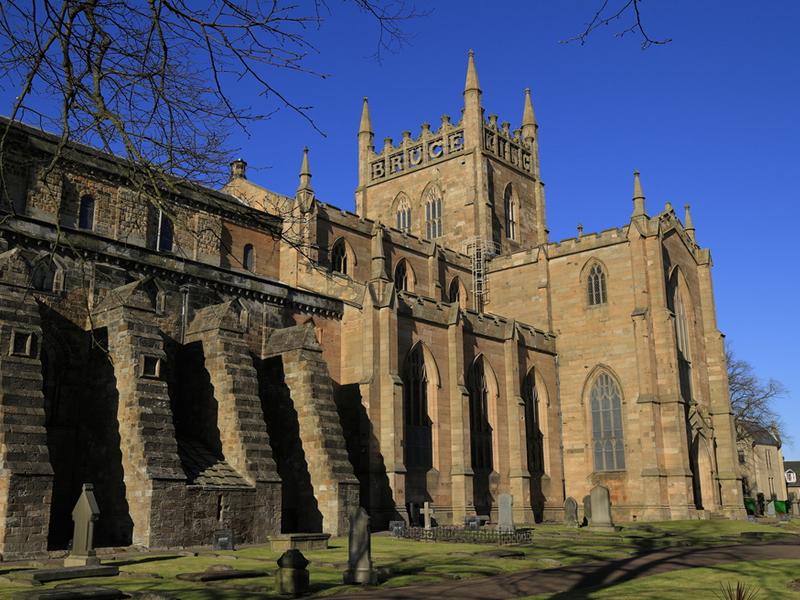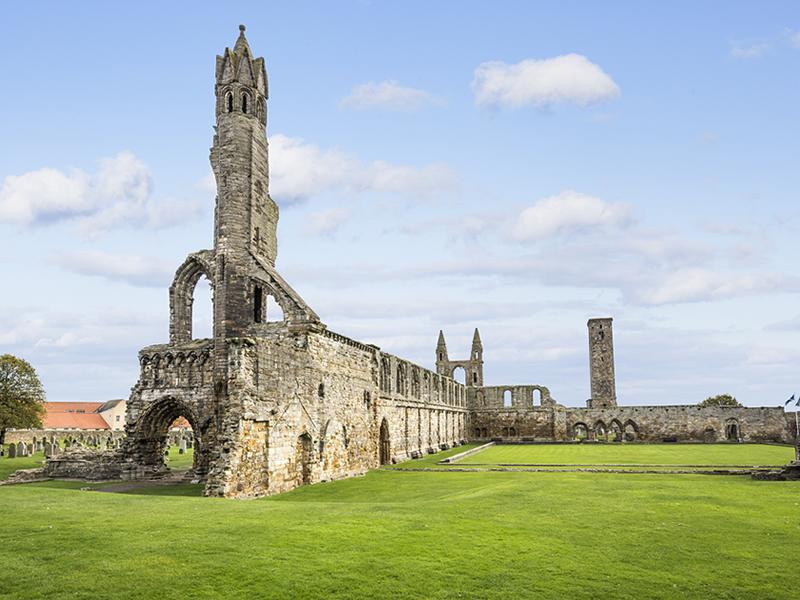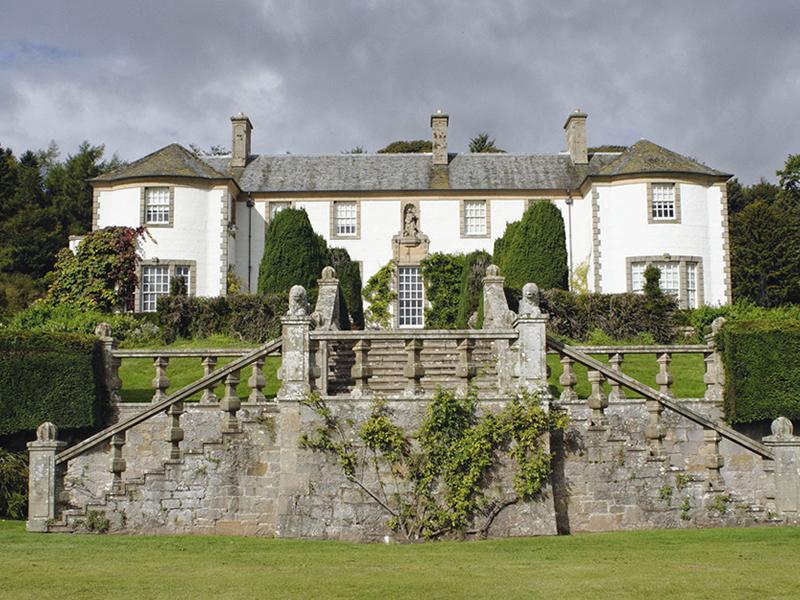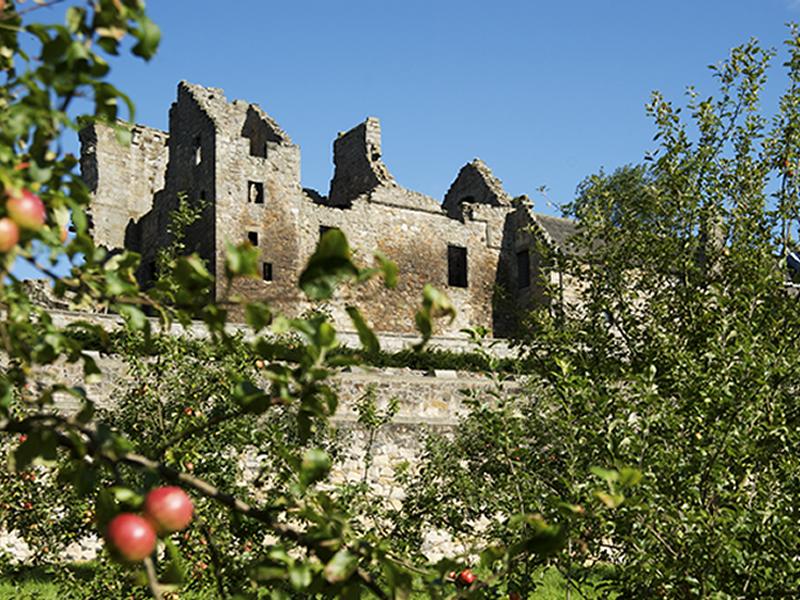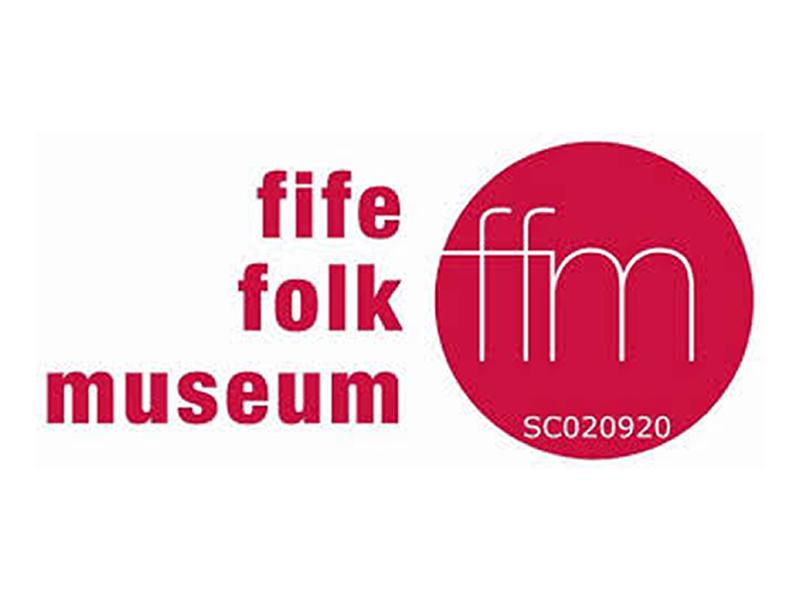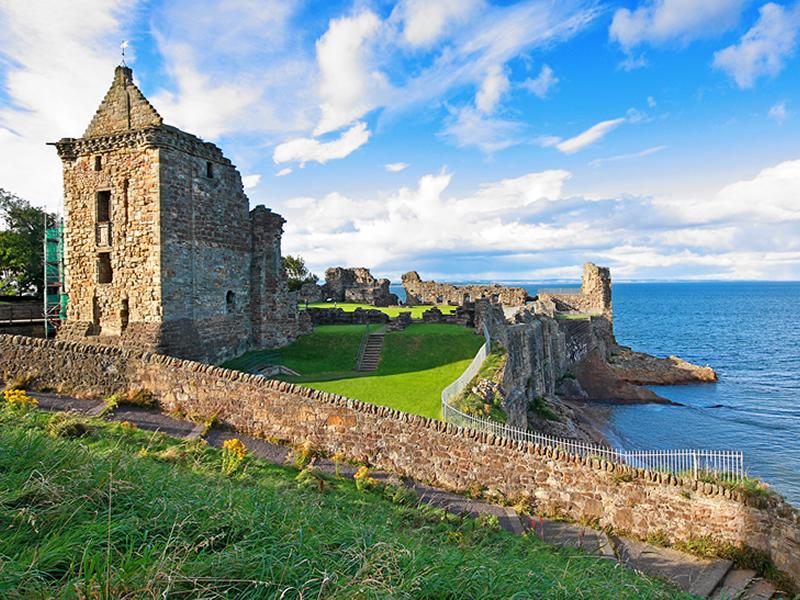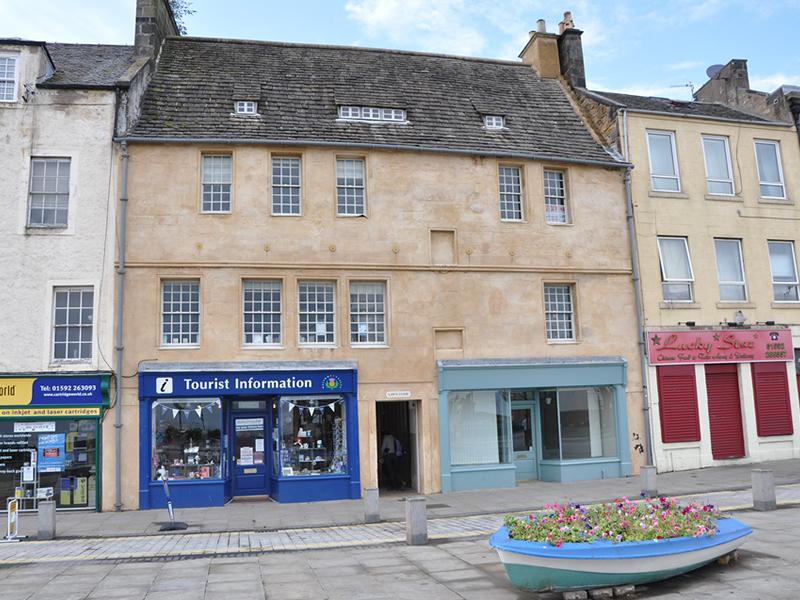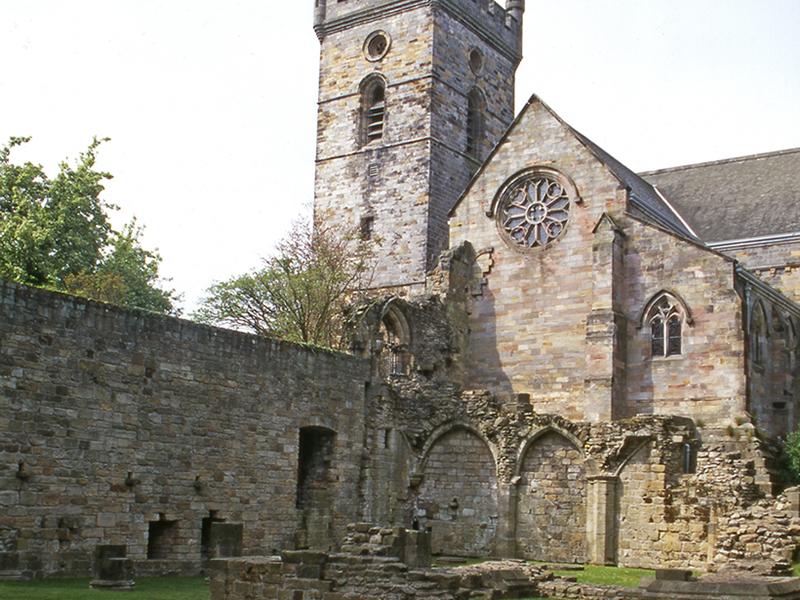Blackfriars Chapel
Visit a tranquil ruin amid the bustle of a busy street. Blackfriars Chapel is a rare remnant of the many Dominican friaries built across Scotland during the Middle Ages.
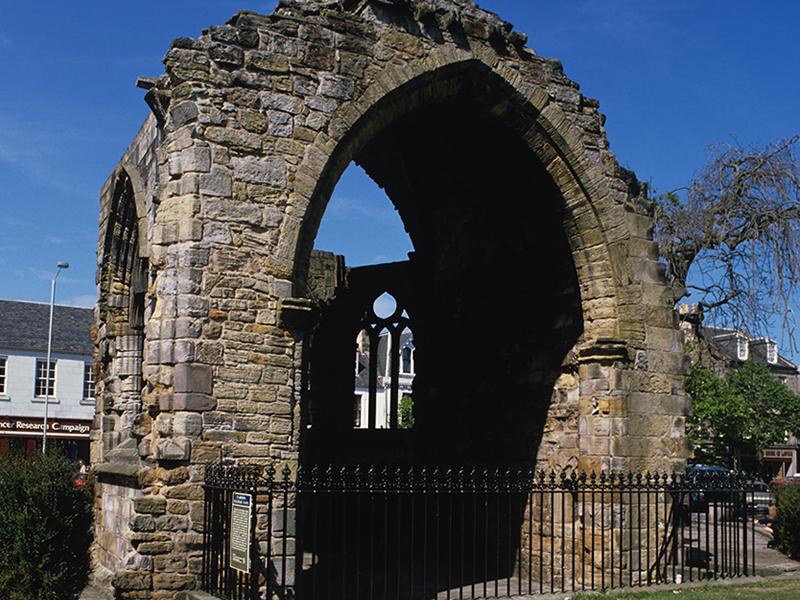
About Blackfriars Chapel
| Blackfriars Chapel South Street, St Andrews KY16 9EH | |
| Blackfriars Chapel Website | |
| Follow histenvscot on Twitter | |
| Facebook information can be found here | |
Blackfriars Chapel was built in the 1520s as an addition to the church of the Dominican Friars, built about 10 years earlier.
It didn’t last long, though – in 1559, Protestant reformers ‘violently expelled’ the friars ‘from their destroyed place’. Soon this chapel was all that remained of the friary. It now stands on a busy street in St Andrews.
All information (whether in text or photographs) is supplied in good faith but should not be relied upon as being a statement of representation or fact.
Upcoming Events at Blackfriars Chapel
More History and Culture in Fife
Dunfermline Abbey and Palace
Dunfermline Abbey and Palace St Margarets Street,
Dunfermline KY12 7PE
Dunfermline Abbey has a special place in the nation’s heart. Laid to rest here are some of Scotland’s great kings and queens – including Robert the Bruce.
READ MORE
St Andrews Cathedral
St Andrews Cathedral The Pends,
St Andrews KY16 9QL
Explore the remains of Scotland’s largest and most magnificent medieval church. Even in its ruinous state, the cathedral remains a prominent landmark highly visible from the sea.
READ MORE
Museum Of Communication
131 High Street ,
Burntisland KY3 9AA
One of Scotland's only museums of communication, with a regular programme of exhibitions and events.
READ MORE
Hill Of Tarvit Mansion and Gardens
Hill Of Tarvit Mansion and Gardens ,
Near Cupar KY15 5PB
Hill of Tarvit is a wonderful example of Edwardian stately living and also has the only exclusively hickory golf course in the UK.
READ MORE
Abbot House
Abbot House Maygate,
Dunfermline KY12 7NE
Abbot House is a beautiful ‘A’ listed building, dating back to at least the 16th Century, situated within Dunfermline’s Heritage Quarter.
READ MORE
Aberdour Castle and Gardens
Aberdour Castle and Gardens ,
Aberdour KY3 0SL
Get up close to what is possibly Scotland's oldest standing castle. Aberdour Castle was built in the 1100s and went on to serve generations of three noble families – including a Regent of Scotland!
READ MORE
Fife Folk Museum
High Street Ceres,
Cupar KY15 5NF
Fife Folk Museum in the village of Ceres, offers an interesting and entertaining day out for all the family with activities for all ages.
READ MORE
St Andrews Castle
St Andrews Castle The Scores ,
St Andrews KY16 9AR
St Andrews Castle was a bishop’s palace, a fortress and a state prison during its 450-year history.
READ MORE
St Andrews Museum
Kinburn Park Doubledykes Road,
St Andrews KY16 9DP
St Andrews Museum is a stunning Victorian mansion nestled in the grounds of Kilnburn Park.
READ MORE
British Golf Museum
British Golf Museum Bruce Embankment ,
St Andrews KY16 9AB
Welcome to the British Golf Museum. From the 16th century to the present day, the whole history of the great game is explored under one roof.
READ MORE
Merchant House Laws Close Kirkcaldy
339-343 High Street,
Kirkcaldy KY1 1JL
Law’s Close is a category A-listed 16th Century Merchant’s House with spectacular period decoration on Kirkcaldy’s High Street.
READ MORE
Culross Abbey
Culross Abbey Kirk Street,
Culross KY12 8JD
Explore the ruins of a Cistercian monastery of the 1200s, once home to a community of monks and lay brothers.
READ MORE
All History and Culture listings in Fife
Dunfermline Abbey and Palace
Dunfermline Abbey has a special place in the nation’s heart. Laid to rest here are some of Scotland’s great kings and queens – including Robert the Bruce.
READ MORESt Andrews Cathedral
Explore the remains of Scotland’s largest and most magnificent medieval church. Even in its ruinous state, the cathedral remains a prominent landmark highly visible from the sea.
READ MOREMuseum Of Communication
One of Scotland's only museums of communication, with a regular programme of exhibitions and events.
READ MOREHill Of Tarvit Mansion and Gardens
Hill of Tarvit is a wonderful example of Edwardian stately living and also has the only exclusively hickory golf course in the UK.
READ MOREAbbot House
Abbot House is a beautiful ‘A’ listed building, dating back to at least the 16th Century, situated within Dunfermline’s Heritage Quarter.
READ MOREAberdour Castle and Gardens
Get up close to what is possibly Scotland's oldest standing castle. Aberdour Castle was built in the 1100s and went on to serve generations of three noble families – including a Regent of Scotland!
READ MOREFife Folk Museum
Fife Folk Museum in the village of Ceres, offers an interesting and entertaining day out for all the family with activities for all ages.
READ MORESt Andrews Castle
St Andrews Castle was a bishop’s palace, a fortress and a state prison during its 450-year history.
READ MORESt Andrews Museum
St Andrews Museum is a stunning Victorian mansion nestled in the grounds of Kilnburn Park.
READ MOREBritish Golf Museum
Welcome to the British Golf Museum. From the 16th century to the present day, the whole history of the great game is explored under one roof.
READ MOREMerchant House Laws Close Kirkcaldy
Law’s Close is a category A-listed 16th Century Merchant’s House with spectacular period decoration on Kirkcaldy’s High Street.
READ MORECulross Abbey
Explore the ruins of a Cistercian monastery of the 1200s, once home to a community of monks and lay brothers.
READ MORE